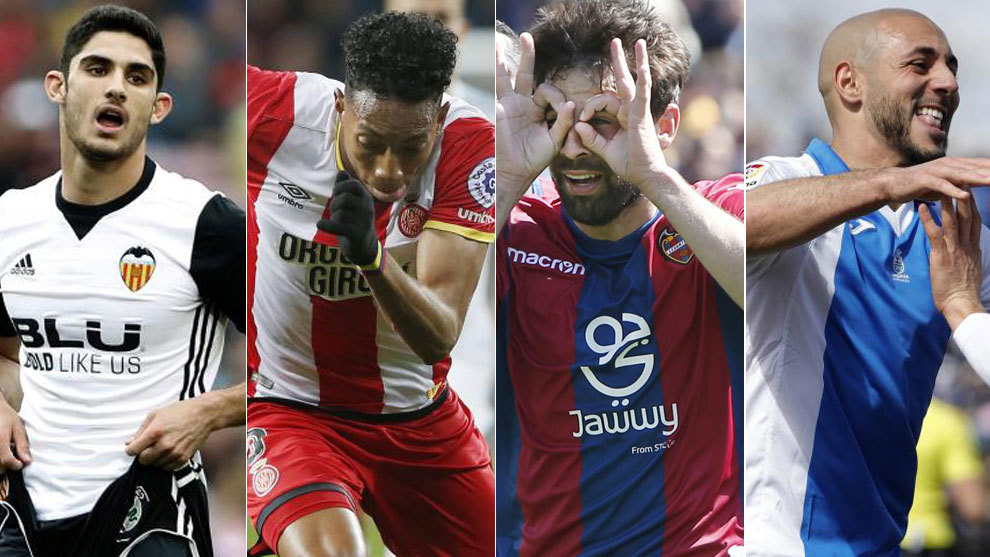

Loaning Players as a method to develop potential and maximize players’ value
It is common to hear that a football academy’s mission must be to develop football players and prepare them as citizens for their adult life.
Most times, clubs know this, however, a common tool every club uses during this process is the loan and, in several cases, the decision-making process to assess the loaning club is where everything fails and mistakes are made, being the criteria mainly economical, rather than being built up among a solid sports logic.
In order to propose a method to create an efficient loan strategy, it is important to determine why the loan occurs. When a player performs at the U-19 squad, a certain degree of competitive readiness is demanded, being the required level more challenging as a player is closer of the main squad. The following graphic displays the decision-making process that ends, either with a loan or a sale:

Figure 1 – The Decision-making process of a loan or sale
We can now determine four different types of loans:
- The player possesses the competitive readiness required and is part of the club’s future plan;
- The player possesses the competitive readiness required, he is not part of the club’s future plans, but didn´t yet reach his maximum potential and value;
- The player does not possess the competitive readiness required, but is expected to acquire it;
- The player does not possess the competitive readiness required, he is not expected to acquire it, but didn´t yet reach his maximum potential and value.
With the different types of loans defined it is possible to understand what exactly is expected to be accomplished for each player on loan, whether it is mainly the development and learning or if it should, also, be focused in the maximization of his market value. This, alongside with an assessment of the player’s relation with adversity, will determine, for each loaned player, the environment needed to achieve the expected output. Does he need to be stimulated and compete at a higher level of difficulty or does he need an environment where he can immediately succeed?
To match the environment required with the ones that exist on teams all over the world, a simple tool can be a ranking.
The quality of the league, overall quality of the squad, medium age, presence in the UEFA Champions League (or the UEFA Europa League) or even the stadium occupancy can be variables, each one with an attributable stake of relevance to determine the score each team gets. Let us imagine that a coach defines as being crucial for a specific player, to play for a team that consistently has the stadium sold out. Maybe in that case, the referred variable can have a weight of 25% or 50% of the final score. In other cases, if the decision-makers determine as most important variables the quality of the league and the presence in the Champions League, those are the ones with a higher weight and, possibly, the stadium occupancy will not even be considered. It should be an adaptable tool, allowing decision-makers to use criteria rather than feeling in order to determine the right club for the loan.  Adding to these criterias, one must consider the loan principles, which are transversal to all loans – the player must have conditions to have game time and also, the game principles, game model, preferred technical skills and tactics of the destiny club must be aligned with the players’ long-term development plan.
Adding to these criterias, one must consider the loan principles, which are transversal to all loans – the player must have conditions to have game time and also, the game principles, game model, preferred technical skills and tactics of the destiny club must be aligned with the players’ long-term development plan.
At this step, the player has the role of providing the club with the social and personal requirements he has for the loan. It must be remembered that we are not only developing a player… we are also preparing citizens for their adult life.
If we analyze how the top 10 European Clubs (according to the UEFA Rankings) manage their players on loan, we quickly understand that most clubs do not exploit this resource adequately. In most cases, there are more players losing market value than gaining. This is especially relevant, because those players on loan correspond, on average, to 8% of the total squad market value. Careers and huge amounts of money are lost, every year, due to a less planned strategy towards a resource that could be crucial, if used correctly. The following table shows how the players of the referred team are performing, the impact on their market value and the weight they represent on the club’s total market value:

Figure 2 – Analysis of the top 10 European Clubs Players on Loan.
It is essential to develop a well-thought loan strategy. It is a specific resource, one that requires planning to avoid errors that will result in failing to fulfill the club’s mission – to develop good football players and prepared citizens – and in financial losses. In order to succeed a club must create a method and specialize human resources for the specific tasks which arise from a good loaning strategy – monitoring, supporting and evaluating the loanees.
The club should also work the external environment by communicating and collaborating with other clubs, creating loan pathways and partnerships in football.
In a market that involves so much money, not having a robust loan strategy can result in huge financial losses, as well as frustrated young promising athletes.
More at www.hub-soccer.com
Follow us on Facebook!
Categories
Latest Courses
-
9 Lessons
-
1 Lesson
-
6 Lessons
You May Also Like
- Blog
- August 1, 2022
- Blog
- June 3, 2022
- Blog
- May 27, 2022
Developed by Brandit Digital Media Services.





